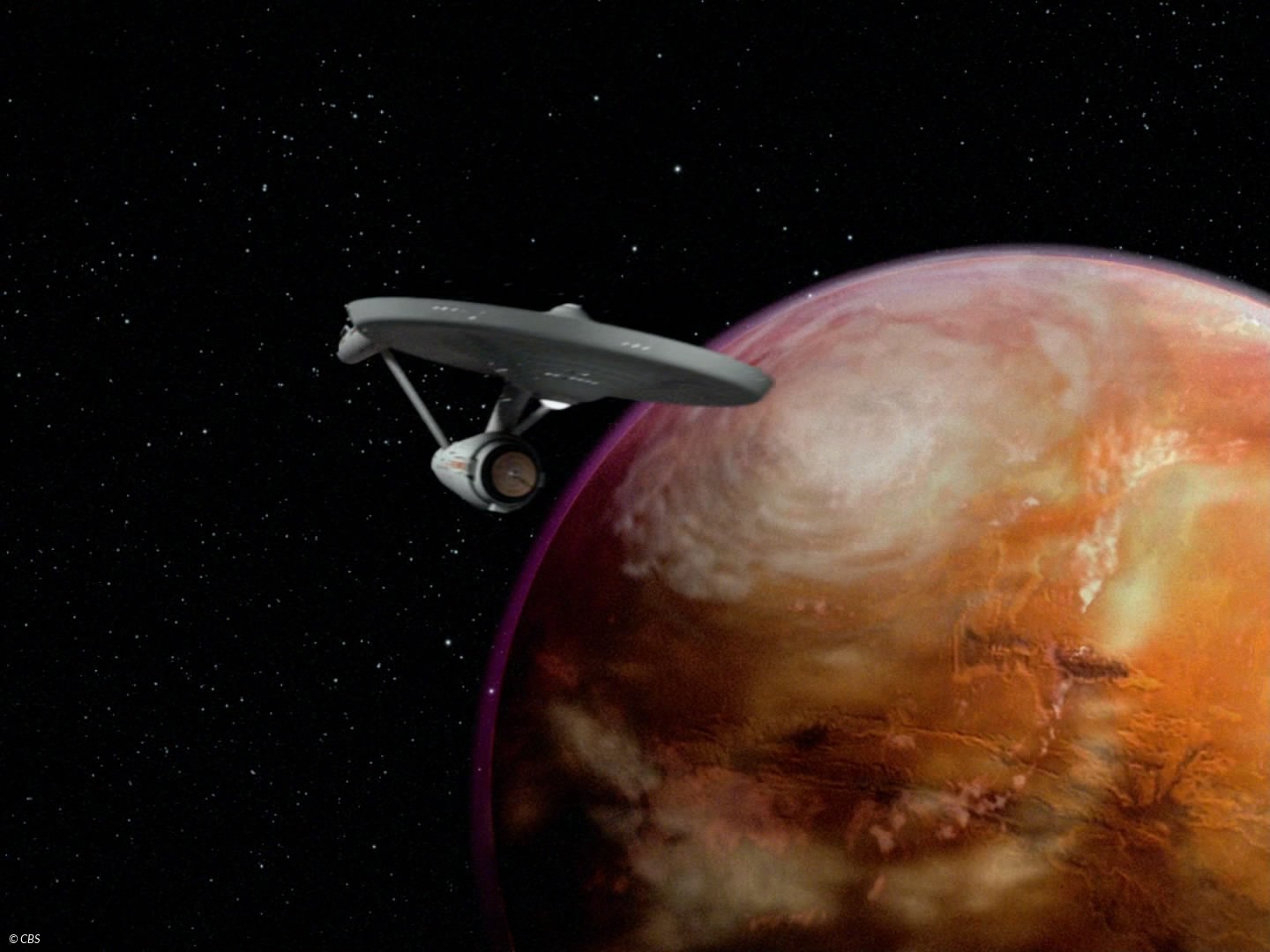| Author | Message |
A look of our planet from Mars and other places out there. The pix are huge, so I apologize in advance. | |
- E-mail - orgNote -  Report post to moderator Report post to moderator |
SO cool! thanks for posting these | |
- E-mail - orgNote -  Report post to moderator Report post to moderator |
Looks like the death star about to blow up Alderaan in that last one, heh. | |
- E-mail - orgNote -  Report post to moderator Report post to moderator |
Saturn's moon Mimas actually resembles the Death Star. It has an impact crater nearly one-third its size. | |
- E-mail - orgNote -  Report post to moderator Report post to moderator |
wow. The moon is older than scientists thoughtFormation occurred 4.51 billion years ago, millions of years earlier than previously believedDate:January 12, 2017Source:University of California - Los AngelesSummary:The moon is much older than some scientists believe, a research team now reports. Their precise analysis of zircons bought to Earth by Apollo 14 astronauts reveals the moon is at least 4.51 billion years old and probably formed only about 60 million years after the birth of the solar system -- 40 to 140 million years earlier than recently thought.
[Edited 1/15/17 9:04am] | |
- E-mail - orgNote -  Report post to moderator Report post to moderator |
Our Young Earth May Have Had Multiple Moons That Merged Into One
In this new model, our Moon wasn't formed by a single impact, but by multiple impacts over time. Each impact would have created a ring of material around Earth, which collapsed into one or a few larger moons over time. Multiple impacts would have created multiple moons over the ages. If this is really what happened, why do we have just one moon instead of several? The key is the long term tidal effects on these moons. http://www.forbes.com/sites/briankoberlein/2017/01/16/our-young-earth-may-have-had-multiple-moons-that-merged-into-one/#544cb72f4801 | |
- E-mail - orgNote -  Report post to moderator Report post to moderator |
| |
- E-mail - orgNote -  Report post to moderator Report post to moderator |
- E-mail - orgNote -  Report post to moderator Report post to moderator |
 New topic
New topic Printable
Printable








